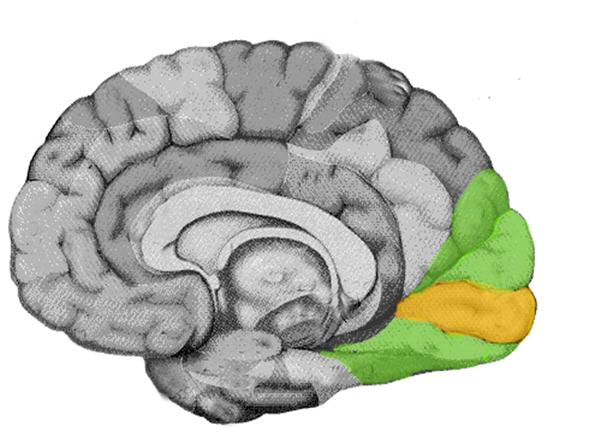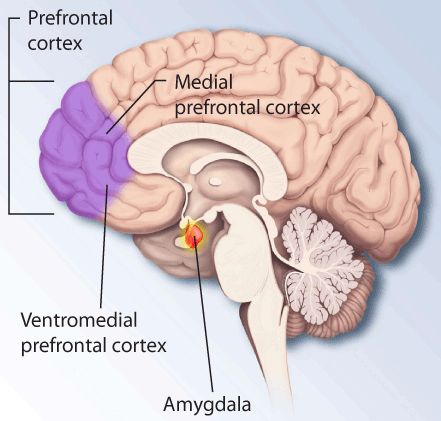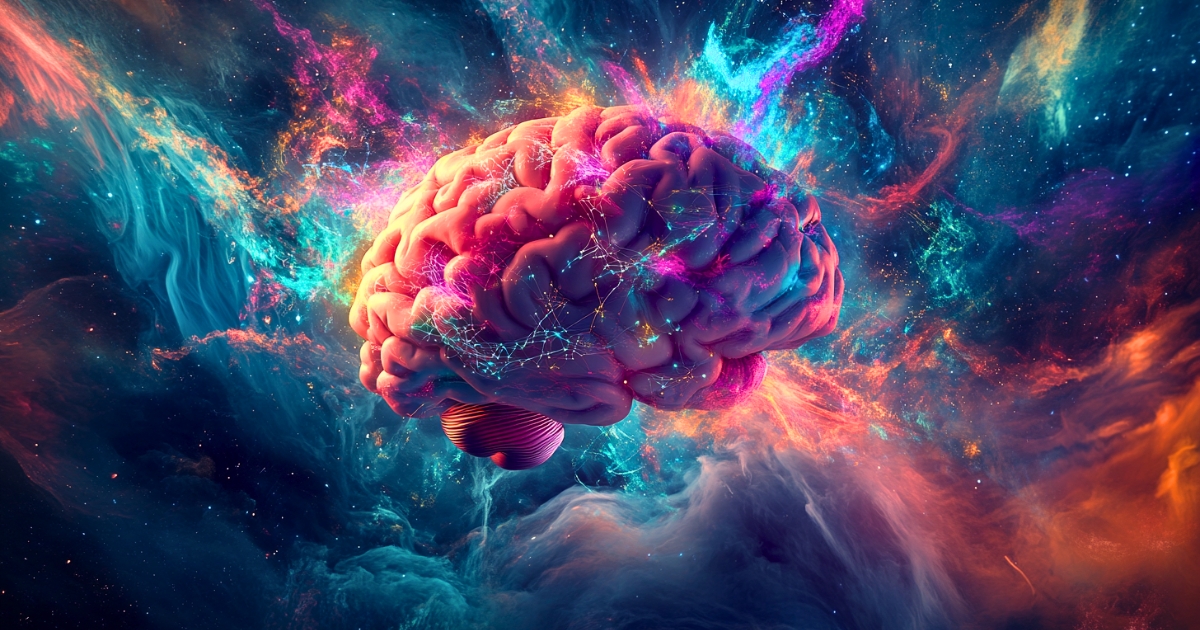- What is Image Training?
- Brain Plasticity and Image Training: Latest Research
- Practical Applications of Image Training in Daily Life
- Cultural and Historical Perspective: The Roots and Evolution of Image Training
- Support and Alternative Methods for Those Who Find Visualization Difficult
- Success Stories and Challenges: Practical Case Studies
- Q&A
- Conclusion: Incorporating Image Training into Daily Life
What is Image Training?
Image training is a psychological technique that involves vividly imagining specific actions or situations in your mind to achieve effects similar to actual experiences. This method is widely used in various fields, from enhancing athletes’ performance to improving business professionals’ presentation skills and even managing daily stress.
The essence of image training lies in imagining scenes in as much detail as possible, engaging multiple senses. For instance, when visualizing a golf swing, you would imagine the feel of the club in your hands, the movement of your body, the trajectory of the ball, and even the surrounding scenery and sounds. Through this process, the brain activates neural circuits similar to those used in real experiences, leading to skill improvement and increased confidence.

The visual cortex plays a crucial role not only in actual visual experiences but also in the formation of mental images. During image training, this region activates, generating neural activity similar to real experiences. By Coxer
In this article, we will explore the scientific background and latest research findings on image training, as well as its practical applications in daily life. Our goal is to help readers utilize this technique in various situations, from stress reduction and learning efficiency improvement to self-realization.
Brain Plasticity and Image Training: Latest Research
Brain plasticity, the brain’s ability to structurally and functionally change in response to new experiences and learning, is a crucial concept underpinning the effectiveness of image training. One particularly noteworthy study in this field focused on London taxi drivers.
Professor Eleanor Maguire and her research team at University College London studied the brains of taxi drivers working in London with its complex road network. They found that the hippocampus (a brain region involved in memory and spatial awareness) of these drivers was significantly larger compared to the general population. Even more interestingly, the posterior part of the hippocampus was more developed in drivers with longer experience.
This research demonstrates that daily experiences and training can physically alter the brain’s structure. Image training is believed to have similar effects; vividly imagining an action without actually performing it can activate and potentially develop related brain regions.
Recent studies using advanced brain imaging techniques have also confirmed the effects of image training. For example, it has been shown that simply imagining playing the piano activates the same brain regions as actually playing. This suggests that image training is not mere “fantasy” but an effective method that brings about substantial changes in the brain.
Practical Applications of Image Training in Daily Life
Image training can be applied in various aspects of daily life. Here are some specific examples:
Applications in Work and Studies
When preparing for a presentation, vividly imagine yourself standing in front of the audience. Picture your voice tone, gestures, and even the audience’s reactions in as much detail as possible. Repeating this process can reduce anxiety during the actual presentation and help you approach it with confidence.
For exam preparation, imagining the atmosphere of the exam venue and yourself solving problems can help reduce stress during the actual test. Visualizing the study material can also aid in memory retention.
Applications in Sports and Hobbies
Image training is widely used among athletes. For example, ski jumpers vividly imagine every phase of their jump (approach, takeoff, air position, landing) in detail. This method, when combined with actual training, leads to higher performance improvements.
Image training is also effective in hobbies like cooking or gardening. Mentally rehearsing the cooking process before trying a new recipe can make the actual cooking smoother.
Mental Health

The prefrontal cortex is the brain region that controls executive functions. By activating this area through image training, we can improve stress management and emotional control abilities. By The National Institute of Mental Health (NIMH)
Image training is also effective for stress management and anxiety reduction. For instance, vividly imagining a relaxing place (like a beach or forest) can help you relax your mind and body even in stressful situations. Additionally, imagining yourself calmly handling an anxiety-inducing situation (e.g., public speaking) can reduce anxiety in the actual scenario.
Cultural and Historical Perspective: The Roots and Evolution of Image Training
The concept of image training has actually existed for a long time. In Japanese Bushido, a mental unification technique called “shinki” was emphasized, which has similarities to modern image training. Samurai would mentally prepare for battle by vividly imagining fight scenes in detail beforehand.
There are also records of Olympic athletes in ancient Greece performing mental rehearsals. They would vividly imagine the moment of victory before competitions to enhance their actual performance.

Sculpture of an ancient Greek discus thrower: Ancient athletes are believed to have practiced mental rehearsal as well.
In modern psychology, image training has become an important element in cognitive behavioral therapy and sports psychology. In cognitive behavioral therapy, imagining positive outcomes is used to improve anxiety and depressive symptoms. In sports psychology, image training is widely used as a tool to strengthen athletes’ mental aspects.
Support and Alternative Methods for Those Who Find Visualization Difficult
While the effectiveness of image training is scientifically proven, not everyone can easily create vivid mental images. In particular, people with a condition called “aphantasia” find it difficult to form visual images in their minds.
Aphantasia is a relatively recently recognized condition, thought to be caused by differences in the function of brain regions involved in visual image generation. However, even people with aphantasia can engage in image training using other senses.
Multi-Sensory Approach
Image training using senses other than vision, such as hearing or touch, can also be effective. For example, if visual imagery is difficult when imagining a golf swing, you can focus on the sound of swinging the club or the sensation of body movement.
Using linguistic self-dialogue is another method. Describing actions or situations in detail verbally can sometimes produce effects similar to visual imagery.
Self-Assessment and Improvement Guide
It’s also important to objectively evaluate your imaging ability. Using standardized tools like the “Vividness of Visual Imagery Questionnaire (VVIQ)” can help you measure your imaging ability. Based on the results, you can select an image training method that suits you best.
Success Stories and Challenges: Practical Case Studies
There are numerous success stories of effectively utilizing image training. For example, Olympic gold medalist Michael Phelps would imagine a perfect race every night before bed, which contributed to improving his performance in actual competitions.
Many successful individuals in the business world also practice image training. For instance, Apple co-founder Steve Jobs was known for conducting detailed mental rehearsals before presentations.
On the other hand, there are cases where image training doesn’t work well. Often, this is due to vague imagery or imagining negative outcomes. For example, imagining failing a presentation can actually increase anxiety.
To overcome these challenges, it’s important to make the imagery as specific and positive as possible, and to practice regularly. Also, combining image training with actual practice and experience can lead to higher effectiveness.
Q&A
Q: How long does it take to see the effects of image training?
A: While it varies between individuals, in many cases, effects start to appear after several weeks to several months of continuous practice. However, it’s important to continue practicing for about 10-15 minutes daily.
Q: Is image training effective for children too?
A: Yes, image training can be effective for children as well. It’s particularly beneficial in sports and learning. However, it’s important to appropriately guide the image training method according to the child’s age and level of understanding.
Conclusion: Incorporating Image Training into Daily Life
Image training is an effective self-improvement method that utilizes brain plasticity. Here are some steps to incorporate it into your daily life:
- Set clear goals: Establish specific objectives you want to achieve through image training.
- Relax: Relaxing before training allows for clearer imagery.
- Use multiple senses in your imagery: Include not just visual, but also auditory and tactile sensations.
- Imagine positive outcomes: Visualize specific scenes of success.
- Practice regularly: Continue practicing for about 10-15 minutes daily.
- Combine with actual practice: Combining image training with real practice can lead to higher effectiveness.
When practiced appropriately, image training has the potential to bring about positive changes in various aspects of our lives. We encourage you to incorporate this scientifically backed method with its long history into your daily life.




